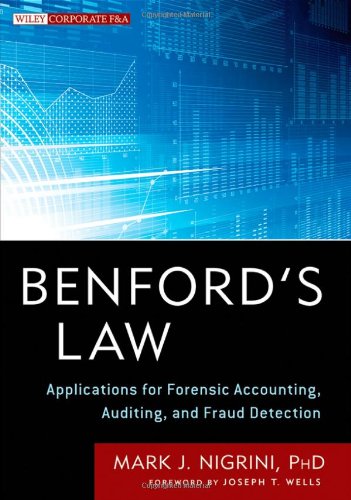

Most ebook files are in PDF format, so you can easily read them using various software such as Foxit Reader or directly on the Google Chrome browser.
Some ebook files are released by publishers in other formats such as .awz, .mobi, .epub, .fb2, etc. You may need to install specific software to read these formats on mobile/PC, such as Calibre.
Please read the tutorial at this link: https://ebookbell.com/faq
We offer FREE conversion to the popular formats you request; however, this may take some time. Therefore, right after payment, please email us, and we will try to provide the service as quickly as possible.
For some exceptional file formats or broken links (if any), please refrain from opening any disputes. Instead, email us first, and we will try to assist within a maximum of 6 hours.
EbookBell Team

4.0
6 reviewsBenford's Law gives the expected patterns of the digits in the numbers in tabulated data such as town and city populations or Madoff's fictitious portfolio returns. Those digits, in unaltered data, will not occur in equal proportions; there is a large bias towards the lower digits, so much so that nearly one-half of all numbers are expected to start with the digits 1 or 2. These patterns were originally discovered by physicist Frank Benford in the early 1930s, and have since been found to apply to all tabulated data. Mark J. Nigrini has been a pioneer in applying Benford's Law to auditing and forensic accounting, even before his groundbreaking 1999 Journal of Accountancy article introducing this useful tool to the accounting world. In Benford's Law, Nigrini shows the widespread applicability of Benford's Law and its practical uses to detect fraud, errors, and other anomalies.
Benford's Law has 250 figures and uses 50 interesting authentic and fraudulent real-world data sets to explain both theory and practice, and concludes with an agenda and directions for future research. The companion website adds additional information and resources.